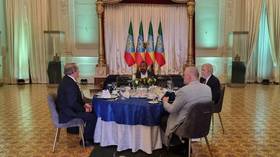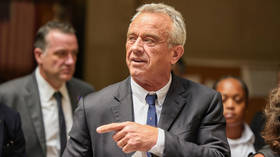Five days that shocked the world
With all sides heading towards a final agreement on a peace plan, it’s the people of South Ossetia that have borne the brunt of the conflict in Georgia. More than 2000 people killed, many more wounded and thousands forc
RT looks back at five days of conflict.
A war has been characterised by claim and counter-claim. A city is in ruins, with most buildings reduced to rubble.
Georgian President Mikhail Saakashvili has accused Russia of provoking the war to justify an invasion. Russia says Saakashvili attacked first to try to gain control of South Ossetia.
Fighting began in the evening on Thursday, August 7, when Georgia launched a surprise operation, sending a large force against the breakaway republic and reaching the capital Tskhinvali. Streets came under a hail of fire as Georgian forces met strong resistance from separatist units in South Ossetia.
The next day, in retaliation, Russia poured troops and armour towards the region, amid claims its peacekeepers were being targeted.
Thousands fled the city of Tskhinvali in panic, with most of them heading to Russia’s Republic of North Ossetia, leaving everything behind.
But not everyone was able to escape the fighting. Those left behind sheltered from the heavy fire in their cellars, without food and water and not knowing what was going to happen.
For more on the story, pleasefollow the link












